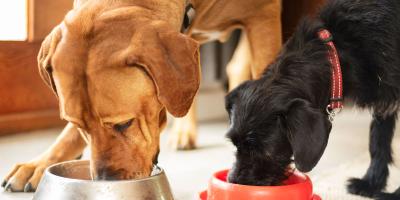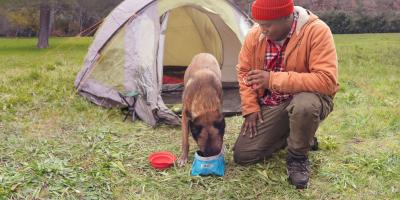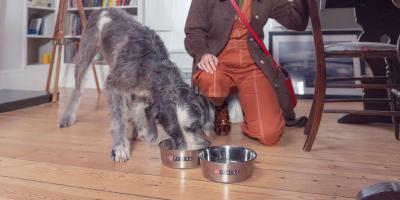Feeding, Caring and Breeding Dogs
Learn about dogs, find the best food for your dog, or discover the best dog breed for you.

Find the Best Food for Your Dog
If you are wondering what’s right for a new dog, or your dog is a picky eater, the Pet Food Finder tool can help you find the best food for your dog.
Explore Our Dog Brands

Beyond® Natural Dog Food
We believe food choices are the most important daily decisions we make for our health and well-being, and it’s not any different when it comes to feeding our pets. At Beyond®, we believe that when we connect with what’s natural, we reconnect with what’s good in food.

Purina® Pro Plan® Dog Food
Purina Pro Plan is the most advanced nutrition for your pet’s best life. That’s why we’re proud to offer a full spectrum of performance and specialized nutrition formulas, including options that support healthy aging, reduce cat allergens, provide guaranteed live probiotics, and more.

Purina ONE® Dog Food
Your dog has unique needs, and we know those unique needs call for unique formulas. That’s why no matter the form, flavor, life stage, breed size, health need or dietary preference, Purina ONE dog food formulas have an option just for your dog. Click the button below for help finding the right formula for your dog.
Find Dog Breeds That Fit Your Lifestyle

Small Dog Breeds
Find the best dog for you and your family, and learn more about different types of small dogs by browsing through our list of popular dog breeds.

Most Hypoallergenic Dog Breeds
Find the best dog for you and your family, and learn more about different types of hypoallergenic dogs by browsing through our list of popular dog breeds.

Best Dog Breeds for Families
Find the best dog for you and your family, and learn more about different types of kid friendly dogs by browsing through our list of popular dog breeds.

Dog Breeds with Light Shedding
Find the best dog for you and your family, and learn more about different types of low shedding dogs by browsing through our list of popular dog breeds.
Read Tips From Our Experts
Stay in Touch
Sign up today! From training tips to special offers, get the tools you need to keep your pet happy and healthy.



